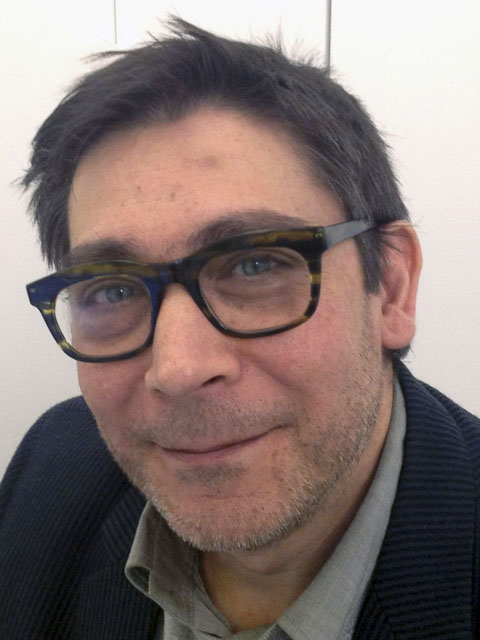
x
sunt lacrimae rerum et mentem mortalia tangunt.
— Virgil, Aeneid, 1.461
1.
Nothing is colossal.
The air is almost water, the trees rachitic, the sea sweats dead dark clouds of filth and salt,
She walks away from the couch, stamping sweaty footprints on the floorboard, leaving a tingling vibration in the wood that spreads like a scent through the cold air. Be jewelled by numbers! he mutters—echoing the sequence of her perambulation until the room absorbs all the fluttering sounds and she vanishes like the photograph of an argentine greyscale ghost.
mountains are collapsed hills, beasts are torpid and blind, towns are tiny clusters of ruins, kings were thin and weak, people die young, rocks are eroded pieces of furniture inhabited by frogs, heat is cold, the land is wet, love is lukewarm, gold is a lethargic rust over the earth’s crust, the green is diamond and it laughs at you like a mossy hell of water and weed. No gods could have been brought to life there—they had to be seized from the future.
Creepy crypto-CRISPR. Fuck genomic darkness.
The rain is plain plan B.
Death rides the dirty waves; death rides dust, exactly like a moth.
A saint, a bearded flea-bitten hermit shrouded in burlap and fed by the generosity of a chestnut forest was living on top of a wormholed bubonic hill in a wooden hut asphyxiated by ivy branches, hiding in there from the slimy touch of the rotten photonic wave-stream (distilled through the cloudwall into a filthy dark smearing fluid) that ran through the air to splash over the burnt-and-drilled crust of the earth. A ghost town would eventually emerge from that watery land, colloidal dust in a dizzy river—a space then occupied by the greenish-grey woods and the unbelievable mess of emerald-green moss, tarnished leaves, vinyl lichens, camo toads, and ampersanding golden fern blossoms.
So dendrites volupt. Like it matters, wrote Amaranth Borsuk.
Now, undead people go phantoming around over the cobblestone shattered-mirror pavement—but back then it was the wild, under the same lead-dead sky.
Real life is like the outcome of a zombie apocalypse—but you’re expected to restrain yourself from slashing the zombies.
All zombies are undead equally.
A collapsant sky, a vertical horizon of crystalline Damocles’s swords.
A swarming soil and soul.
Splashing sounds, splashing souls.
A murderous sea, infested with seaweed-smeared, mud-vomiting necrotic-skinned creatures.
Once upon a time, swirl-crowned monsters emerged from the depths, swam to the shores, crawled up creek streams leaving threatening footprints in the sand, feeding themselves with exhausted salmons and lampreys. They crept over the hills waving menacing tentacles, surrounding the man-of-god with extra-terrestrial arrogance. Until he found himself encircled in a ring of unsurpassable evil beauty.
He lifted his baculus and turned the monsters into boulders…killing all beauty around, immortalizing evil.
This sounds more proper of a sorcerer than a saint, she replied.
Later on, the saint’s followers carved the sea-monsters’ stone corpses into churches, their tentacles into sinuous arcades that branched in spiral alleys leading nowhere. Nowhere was everywhere—the pavement blobbing and cracking like fried fish skin, and the dark deformed houses growing clustered and superimposed like bad teeth, hovering over automatic people.
But this is not how the story goes!—although the actual one is also a fairy tale, nothing more credible in any of its multiple details.
Both are professionally concerned with the past.
She’s an archaeologist: She unearths eerie things, such as the big tin bird with golden eyes hypothetically intended for astronomic calculations that, since exhibited in the almost-empty local museum, has encouraged a kind of weird cult: people killing birds—crows, lost seagulls, jays, sparrows—and hanging their corpses from street lamps.
He’s a historian, he works with texts instead of mud, he knows the past is just a lie that’s been around for enough time to be used as foundation for future falsity.
Recently, she’s been unearthing certain stuff that wasn’t supposed to be there and hiding it at home: a fairly well-conserved but unidentifiable iPhone 20, a real-size Barbie doll, and a sophisticated-looking metallic prosthetic hand. All of them prevenient from the underneath of a never-before-excavated Romanesque chapel. All of them, most probably, originated in what is commonly called the future.
She wonders if there is a market for relics of the future.
She cares about money, because money, in pure capitalist logic, means the possibility of change.
Who would want to keep objects from the past? But then, who would like to pay for vestiges from the future?
In pure capitalist logic there’s not an outside of pure capitalist logic, so money is time.
A few days later, she and her colleagues meet to discuss what to do with the found futureware. On one hand, it’s obviously new—nobody ever saw an iPhone 20 before and, although they won’t publicly discuss its appearance to avoid conflict with Apple’s confidentiality policies, they coincide in acknowledging that it doesn’t look like anything they would easily identify as an iPhone. On the other, it’s evident that the objects are old—dirty, rusty, worn out, with some broken or missing pieces. Does a market for old future things exist? The most plausible explanation would be that they’re fake—it wouldn’t be the first time future objects are forged by some artist and exhibited in museums—, but whoever might have done it must have been really cautious about fabricating their placement: the stone blocks didn’t seem to have been removed in centuries, and the relics were buried under seven feet of mud and medieval debris.
The saint’s followers came also from the shore, sleepwalking like oxygen-drunk overdeveloped fish insisting on evolving into batrachia. They arrived from small fishermen’s port villages, carrying the sulphurous smell of rotting seaweed with themselves. They were squid-eaters.
Later on, they developed a taste for a wider diversity of cephalopods and crustacea.
From time to time, those who had built the town stacked up new stones over the monsters’ relics to prevent their awakening. Every winter, the mountains chanted and cried hypnotic black tears of granite. The squid-eaters’ offspring secured the monsters’ backs with buttresses, nailed their heads to the ground with hefty needle-towers. However, they never felt safe inside the creatures’ golden bellies, so they finally turned to the Bishops for help.
Bishops, the true lords of the land, drank blood and raped men and women with no regret. They gave instructions to paint the churches’ intestines with children’s gore. The walls absorbed the blood to the last drop and the old stones showed again their grey, grainy, shimmering surface. Bishops were terrified their sins would reanimate the primeval beasts, so they willingly paid in gold coins for the heaviest and hardest stones to be carried and carved and piled up on top of the ancient, ruinous chapels. Chapels grew into churches, churches into cathedrals—people died young and returned as rocks. How did they invent killer languages? From time to time, stone people uproot themselves from the walls, carrying singing swords, hideous musical instruments, and fearsome religious symbols. Flesh people tried to stop them from bubbling out by painting them over, but sponge-stone people kept drinking all the paint and all the blood they were able to smear over the walls.
All that was forgotten.
We live in an empire of mud and weather, wrote Janice Lee.
x
2.
The slashed eye of the monocular chapel stares at him from the other side of the grimy window glass. The city is still, deeply rooted in the centre of the earth. It’s the kind of city you run from, not the kind of city you run across. He is the one who remembers the untold story, the one who listens to the grey silence screamed by the crushed beasts. While sipping his coffee, he fantasizes about becoming a necromancer and bringing monsters back from death. He dreams of godzillating the town: crushing cars and skulls and trees and houses. Dust to rust. The sky is a greasy low ceiling, made of goo, just an indistinguishable extension of the warped and dull and miserable land. He misses the feeling of her weight on his chest—her weight, maybe the liquid pressure of her skin on his skin, maybe her warm sweet-and-salty sweat as a membrane of sea water flowing like a tiny flat tide between his and her body. His illusion is now just to lay still beneath her heavy flesh until his joints and muscles begin to hurt. Just the pressure and the pain, and nothing else. There’s nothing like being enlegged by her mediterranean cities of white marble.
Nothing else matters, says the song.
When the enemies left the still city, they buried radioactive debris under the pavement to slowly burn the feet of its inhabitants.
When he was young, he was a pulsating black hole. A computer moon buried in dewy jelly. A naught surrounded by a universe wanting—perhaps pretending—to collapse onto him. His body was constructed with nanosize bits from that same selection of the cosmos that was destroying him—the outside. Booze, new drugs, old books, boys and girls he was fucking…All the elements, the bits; all the universe’s demons rashing and competing against each other to occupy the void. They eventually abandoned his inner space while he was growing up—exorcised from his hollow flesh with every ejaculation, with every vomit, with every nosebleed—leaving, nonetheless, some traceable imprints of their presence in the void until the void started to collapse over itself.
Now, after a long battle, he believes to finally own his anti-body, and ongoing destruction comes autoimmunely from the inside, from the inner mirror side of naught. Every time a demon managed to leave the void, the void emitted light. Then, for a second, he became visible, viable, a true phenomenon, superimposed to reality like a Pokémon.
Dust against the machine—it’s chalk, it’s sand, it’s ice.
Ashes from a lost life—stardust is, in fact, a gas, swirling, a lost gaseous world that was a father’s world. It’s a death-city where people wear stone—he’s cold, but tombstones are his clothes—due to their failure in having thrown some sand on the brain. It’s b-rain, it’s blood.
There are sand and ashes in the machine.
In the machine, every word is made of pixel dust and blown away by the swirling gas coming from disintegrated stars, never ever cracking the mistaken mystery of the world, the crashing world he wrongly chose to be himself, just to be chalk and dust in the machine.
He’s seen the greatest minds of his generation bored to death, asphyxiated by ridiculous institutions, wandering the social media labyrinthoids in search of a quantum of meaning, masturbating to the screen’s visual white noise of polished pixel dust, crystals of b-rain to keep him running as fast as possible over the cracked screens of life.
x
3.
They met for the first time during one of those unusual visibility events: I can only see you when you’re orgasming, she whispered. He jerked off for her visual pleasure. She wasn’t visible most of the time either, which was fine for him. More often they weren’t able to see each other, they just felt some gravitational-attraction pulses directed towards a particular location of the invisible-out-there. Touching was like the clashing of two clouds: confusing, humid, gaseous and electric. He licked her with perfect parsimony to make her almost visible—a fluctuating white-noise shadow like a Hollywood ghost. Like an intermittent reflection on a dewy mirror under a throbbing neon light. They buzzed and glitched the observer’s perception systems while somehow haunting the house. When they fucked, a vibrating protoplasm acquired form on the bed, on the couch, a misty blanket floating a couple of inches over the living room’s wooden floor. They were faithful to multiple and different savage dimensions. Possessed by a succession of objects in order to acquire temporal corporeality. Invisible to each other, most of the time, but each one longing to become visible to the other. They were beautiful when perceivable and then they were gone.
They grew hard, thick, solid, filled with the world’s debris. Their waste-stuffed bodies were eating them from their hollow intestines. As time went by, they became more easily perceivable. They tried to get rid of the debris by acupuncturing each other in rooms full of candlelight and essential oils, but it didn’t work. They remained visible for longer times and it was boring, and only pain could made them disappear again after a while, so they hurt each other with fire and lashes. But as soon as pain melted into pleasure they became solid and opaque again, so they sat separately, crying transparent tears of transparent xanthan gum.
x
4.
He never sleeps well at night. He looks so pale! If he could be true to himself, he’d vanish, he’d collapse into information…fornever. Uncoloured like a broken zero, like the theoretical in-between of quantum states. In-between morphospaces.
Insects become translucent-white during metamorphosis—don’t they? She doesn’t want to lose him—even though neither of them know very well what they mean to each other.
Presence: it should be enough.
Absence kills the brain.
Has this skin been ever burned by the sun? Long ago, perhaps. It was another dimension, not just a former life. Extinct life forms. Monumental fossils. A lost realm of old cheap paperback editions, itching vegetal blade cuts and cigarette burns, boys and girls waving towards the drunken boats from the abrupt dark-grey rocky shore, diving in the cold and salty waters. Orbited in the water by evanescent sea snakes and phosphorescent plankton. Swimming by night among the Tesla lightnings of dinoflagellates.
He never quit smoking or masturbating, keeping himself connected to the mental dinosaurs from that lost teenage world. She is younger, she must have been a toddler back then. Before mobile devices, not even a reliable phone number during summer vacations; just the books, the grains of sand between the pages, just the water, just the misty freezing reverberation of sunset, the hour of eclosion, the night dropping its veil of light, the cloudwall like a cotton pad over the bleeding neck of a beheaded god, just the pleasure of licking salty goosebumps on a girl’s leg. Just the aura of the burnt golden sea around the naked bodies. She’s a tree, he’s an epiphyte. Do they live in a venetian internet? When did sex become a problem? Is it a problem at all? It seemed to be fine when they were regularly fucking, and it seems to be fine now after they stopped almost a year ago. She thinks he never really believed it would be possible to be living together, that he would go crazy and would start screwing around and finally leave. He dreams of gardens.
Town people dream of gardens to bury their pet’s bones, eventually their children’s.
He doesn’t understand the urge to own land. Land is just dirt. And grass, and worms, and bugs, and plants, and trees….He doesn’t understand how those things could ever be owned. Land that has been conquered and shed with blood and exchanged for money and seized again and inherited and given as dowry and sold again.
Legacy.
Every funeral is a cannibal act. A reading of minds. A nanodust-bleeding crack line on the silky screen of time. Never mind if (they) devour the corpse or the corpse renounces to the kind gesture of devouring them. The (he) the (object) hopelessly waiting for a watt-less fuck under the dim glow of low-intensity light bulbs and air-pixelating TV white noise, light hissing on the mirror’s surface, a moth, mechanically, repeatedly trying to collapse into the other side of itself. The air is old black-and-white TV hiding from light. Clean clothes lay on a chair. She dreams of cities—of a warm comfortable house in a megalopolis covered by snow. She dreams of being other, of being somewhere else.
Woundaries.
He spent most of his young age lost somewhere in the future.
In some (fortunate) places the past is just a fine powder that might be dusted by the winds of future, where dry bones may be easily crushed just by walking on them. In the still city, however, the past is a heavy and soaked tombstone: He learned from her that truth doesn’t matter when you approach the past, the only thing that matters is weight. Maybe this is the reason why he misses her weight.
The most obvious, albeit improbable explanation of the objects’ presence was time travel. This was initially discarded as irrational, especially because she wanted to avoid making public that they might be the victims of a hoax. Her colleagues, however, were very inclined to call the press immediately—they were picturing the headlines: ‘first evidence of time travel discovered by…’, but she was much more conscious of her reputation. Reputation is a currency for the non-rich. People who are very conscious of their reputation often consider a black market.
When they first started thinking about time travel, they did it in the popular, fictional way: people coming from a future civilization, carrying with them some objects that might have been left behind. This could explain the iPhone and the prosthetic hand, but who would travel to the past with an oversized toy doll? A family from the future on vacations in the middle ages? One of her colleagues proposed an alternative explanation: why should we always think about people travelling in time? Why should the objects be leftovers instead of protagonists? Time travel might pose many risks to living beings, but it could be much easier for inanimate matter. This was equally unlikely, but it somehow seemed a more rational approach. Maybe the result of an experiment designed to send things across time? But if any future civilization will find the way to send stuff back to the past, why has nobody found evidences of future objects before? She imagined a future engineer working on a way to get rid of disposable junk: let’s just flood our stupid ancestors with our trash! Of course, there are all those temporal paradoxes and causal loops that might have stopped him, which could be the reason why he made just one experiment, or very few ones, and, despite the technological possibility, he finally decided to abort the project.
When did sex become a problem? Is it a problem?
From the first time she warned him that she would never cope, that nothing would be granted, that he would have to seize her every time.
Forcefully.
Uncomfortably.
Bodies are a lot more that candy genitalia. Bodies are tiny time-points in an ever-changing morphospace. Sex is the digital version of a much more complex body-to-body-to-non-body communication network. Sex could be just stored in a hard disk, or somewhere in the cloud, leaving it there until new software has been implemented.
Software, however, has never been updated.
She doesn’t understand the desire to own a body. Bodies are dirt, hair, bugs, blood, thoughts… She doesn’t understand how these things could ever be self—not to say shared. Her flesh—that has been conquered and shed with blood and exchanged for comfort and chocolate and peace and dreams.
x
5.
He can’t recall recalling his first time. Not to recall recalling is supposed to be weird. This kind of stuff is expected to draw emotions and to be emojified somewhere into the body of the self—preferably close to its outer surface like scabies or tattoo ink. He does remember, from past dust, abstract-expressionist mats of wet hair and blood stains and wet wool pullovers and tiny shining corneas. Some of them might have belonged to the hypothetical first one—he might even be right if randomly bricolaging a candidate. Riddle as past. Deciphering previous propensity codes that shape the present network of brain cells.
He does recall some encounters with a woman in particular —what he cannot remember is her placement in a specifically databased chronological order, if any of the encounters he is capable of picturing happened as part of a logical sequence of events or if he has precisely forgotten the first one because others were more intense or fun. He doesn’t see the reason why sexual inception should be of particular interest. Love is not an action but an environment, a particular arrangement of reasons growing from a particular arrangement of things. Love is neither action nor pathos—it is, in fact, a variant of boredom, a conscious refusal to be entertained. He can’t either remember the first novel he read, or the first time he got drunk. He can’t usually remember the order of things—but are things ordered anyway?—, what happened before and what came later. Why is (sequential) order important? He feels/thinks about his life as a turbulent flow rather than a succession of events. A cycle, like the blood circulating across the body, continuously looping nowhere. For most people, sex encounters are like transfusions, but for him they’re bleeding, a way to melt into something more eager to drip. Fluids go effortlessly everywhere, slaves to gravity, never caring about when they were before or where they will be later. Solve et coagula.
Then, the most important thing to investigate would be when (in the future) the objects were time-transferred to when (in the past). Have they’ve been there for centuries, for millennia, before one filthy beast was transformed into a chapel? Buried under the dark soil of the woods? Or did they appear one thousand years ago? Or maybe last month, or last week…? Is time-transferring one-directional—for instance, always to the past—or multi-directional, and in that case, does it require matter exchange? Could the (future) objects substitute for (past) stuff, such as someone in the future sending back the objects and receiving some pounds of mud in exchange, so the objects could be delivered anywhere assuming (Eureka!) they would dis-time exactly the same volume of matter?
She, however, guesses it all depends on the person who forgets or remembers. Liquid people’s memory spills everywhere, turning itself into environment, and their remembrances are a knock on the door of an empty cabin.
He always liked old, recycled, used clothes, long before vintage was a fad. Specially black clothes. He remembers when almost everybody was wearing black, with that eclectic style mix that characterized the version of afterpunk that managed to arrive to his country. Hiding from everybody, they arrived to the seashore, where sea monsters once emerged, from where they slithered to the hermit’s hut. It was wintertime and there was only wind. Wind blowing up foam, not a horizon ahead but a fog wall. When future is not imagined, memories are not recorded. What keeps the REC button pressed is the belief that there will be a future from which the present will be remembered. Sand and clouds and water and wind were the same thing. A cinnamon-colored dog was looking from a corner, but he was not looking at them.
x
6.
He had been dancing at the disco. He was barely visible. He was recovering his breath leaning on a pillar when an unknown girl just jumped on him. He didn’t see her approaching him, and he was unable to see her face during a long, asphyxiating kiss under her long soaked hair. Like he had been wrapped in a wet blanket. Hooded like a man sentenced to death while his mouth was being drilled by a muscled mollusk. It was raining hard when they went out to smoke a joint. He hates the rain, but he remembers she was turned on by rain because it reminded her of Rimbaud. She also wore black, or very dark blue, and she never put any underwear on. Now he thinks of her as one of those dripping-wet glitched Japanese ghosts emerging in the form of white noise from the TV or the bathtub. Student apartments were often cold, humid, uncomfortable and utterly disordered. Mold stains on ceilings switched shape and color as if every house grew its own clouds, its own ameboid god. He remembers being threatened by monsters. Students burned sweet brandy and drank it to fight the winter cold. They shared stolen drinks in the disco. Moss grew on old stone houses’ facades. Rhododendrons on balconies. Moss, mold, stone and paint talked to each other in their own language of mutually assured destruction.
But then, what if time travel is a rare spontaneous phenomenon occurring without human intervention? What if chronotaxia is a physical property of some particular objects, or some particular locations, or some particular times? What if it hasn’t been detected before because who would care if some non-human-related inorganic stuff such as a stone, a few gallons of water or some cubic feet of nitrogen had ever arrived from another time?
Never mind to wait.
She had been living abroad and mothered a child.
All was unexpected.
One of these occasions you jump into the void to realize the other person was just expecting you to follow your desire. Maybe she wasn’t wanting him, just wanting to be wanted. There was weed and rice and coffee and a few poetry books at her place, and many vinyl records and posters on the walls and dried blood drops in the bathroom. No memory, no pictures, no representation of pleasure. Joy always happens on the B side of remembrance.
x
7.
They had chosen the past for very different reasons. For him, the past was a game—an approach that, depending on her mood, amused or infuriated her. For him, everything was a child’s play, and the only unavoidable requirement to keep playing, as any toddler knows, is a subjectively safe environment. He was unable to take anything seriously except, perhaps, the particular disposition of some random spatial arrangements that helped him to establish that subjectively safe environment. The critical mess. His past was loaded with future. He didn’t see disorder, and that was another reason why he couldn’t remember anything from his past—or from their shared past—in an orderly way. Only professional players and some committed amateurs, remember the details of previous play. How he managed to keep his job as a teacher was a complete mystery to her until she realized that he had that extraordinary memory for books. Books were part of his daydreams but, unlike other daydreams that were continuously appearing and disappearing, allowing him to happily contradict himself in a question of seconds, what he obtained from books was a specifically structured world, so that, although considered as another portion of his imagination, although never taking the historical records as facts but as thoroughly malleable fiction, he was able to present books in an entertaining way—something he rarely did with personal experiences. Maybe the gap opened itself between different concepts of experience. For her, experience was a serious thing, something to be cherished and cared for and curated: there were essentially good experiences and essentially bad experiences. Experiences became her—you are what you eat, you are what happens to you, you are what you unearth. But for him, experiences were also toys, people were also toys, pain and happiness and despair and death were also toys, so they could be whimsically loaded with diverse emotional and symbolic charges at will. His way to stand life was to transform anything into a delirious game, including himself, including her. She wouldn’t understand how he could be so responsible and so irresponsible at the same time. He wouldn’t understand how she could be so engaged, so serious, with such trivialities. What was for her an obstacle to overcome, was another piece on the tableboard for him. If he was able to see the world with that sharpness he would certainly be terrified. So she knew she couldn’t ask him about the future objects because he would understand their presence as something natural, like if a green alien or a flaming demon just appeared in the middle of the room. It’s not that he would refuse to find a rational explanation, but that searching for a rational explanation wouldn’t be the first thing to do. It probably wouldn’t be the second thing to do. For him, the future was mixed with the past, so the objects’ chronophoresis was not shattering his world in any way. He would just keep lying down in his voluptuous ennui, as trying to rule the world with a telekinetic superpower. And he would say something like the objects are a clear evidence of the existence of a post-techno-capitalist leisure middle class developed from the unemployed masses for whom some abstract machine will be covering their basic necessities, so property will be meaningless and they will focus on communication (the iPhone), entertainment (the doll), and enhancement (the hand). At the end, he would sound as a regular historian, producing narratives to preserve the present by protecting the past from future’s influence. And she would think fuck you, you always have to tell the last word.
She walks away from the couch, stamping sweaty footprints on the floorboard and leaving a tingling vibration in the wood that spreads like a scent through the cold air. Time is a crystalline construction seen through occult windows of life. Left to the past, sex becomes an obsolete skeuomorph. Be jewelled by numbers! he mutters—echoing the sequence of her perambulation until the room absorbs all the fluttering sounds and she vanishes like the photograph of an argentine greyscale ghost. Is a dead star still a star? Is a shining star hydrogen plasma, or is it the light travelling across spacetime? She turns back to him. He’s reading, or pretending to read. All the objects she had previously unearthed were pieces in a puzzle, things that could become tiny details in networks or narratives. Lantern fishes lost in the abyssal depths but sparkling anyway. Inserting their existence somewhere—a museum, a journal, a hidden corner of the mechanoic city—produced a vaguely disturbing meaning beyond their own presence in the here and now. Even unusual gadgets such as the tin bird were perfectly fitting into an accepted model of the past. The products of her last excavation, however, couldn’t be interjected in any preexistent context, they were existing by themselves, as an indirect proof of something that might have happened—that something will have happened. Yesterday, she washed them carefully in the bathtub and placed them in her studio room over a blanket. As an evidence of the present existence of a future, at least a near one. Humans weren’t going to be extinct tomorrow. Or maybe humans will vanish and intelligent machines will start disposing human trash in the past bin. She understood that she wouldn’t be able to obtain any proper knowledge from the objects. She understands that she will never be able to live in the still city but she will never cross the cloudwall. The past is broken, he says, we can’t hold on to it. Let’s fill the cavernous diseased holes of memory with sink water and molten silicon. Fake or not, to her, the objects must be art. Put a frame around them. Real or not, their shared endurance would be love. He wouldn’t dare to touch her. I can’t see you, make yourself visible to me, please, she says. She’s packing the objects carefully. She’s sending them beyond the cloudwall, to a laboratory in America. Let’s see what they can find.
I open shafts, I expose categories, minerals. I slit face-mouths, open wounds that heal on the other side of time, wrote Aase Berg.
—Germán Sierra
x
Germán Sierra is a neuroscientist and fiction writer from Spain. He has published five novels—El Espacio Aparentemente Perdido (Debate, 1996), La Felicidad no da el Dinero (Debate, 1999), Efectos Secundarios (Debate, 2000), Intente usar otras palabras (Mondadori, 2009), and Standards (Pálido Fuego, Spain, 2013)—and a book of short stories, Alto Voltaje (Mondadori, 2004).
x
x




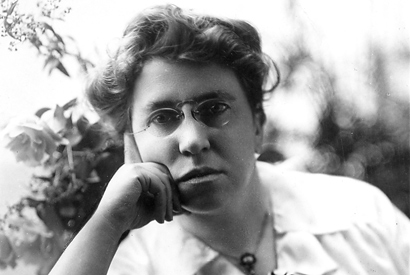
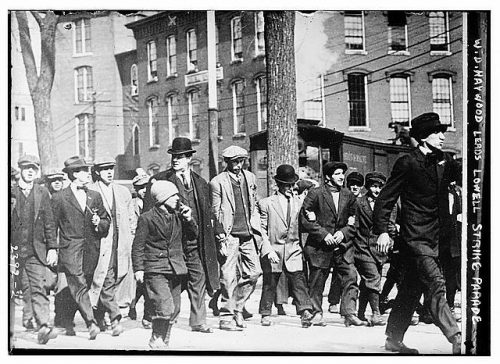

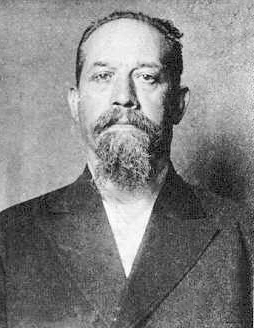

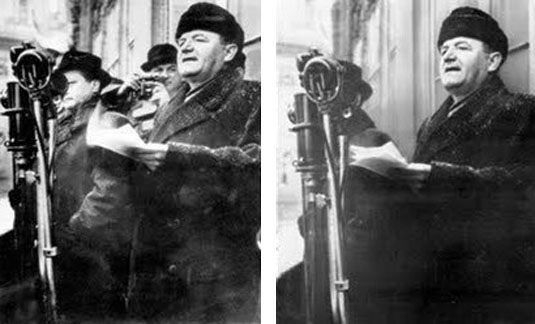

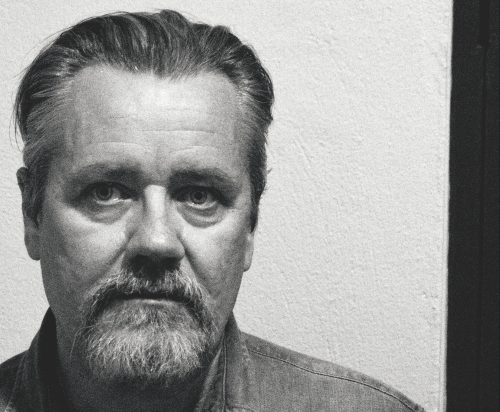


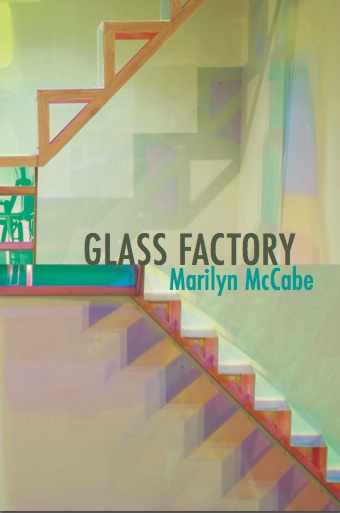







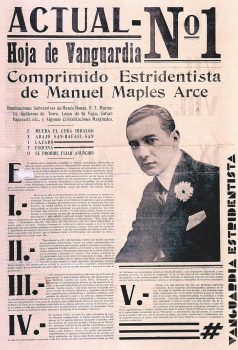
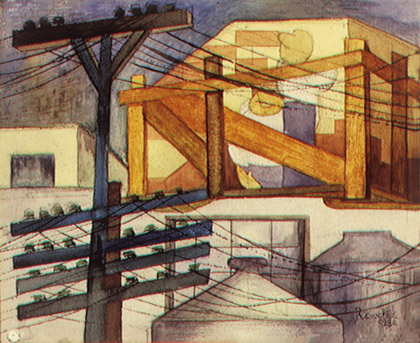
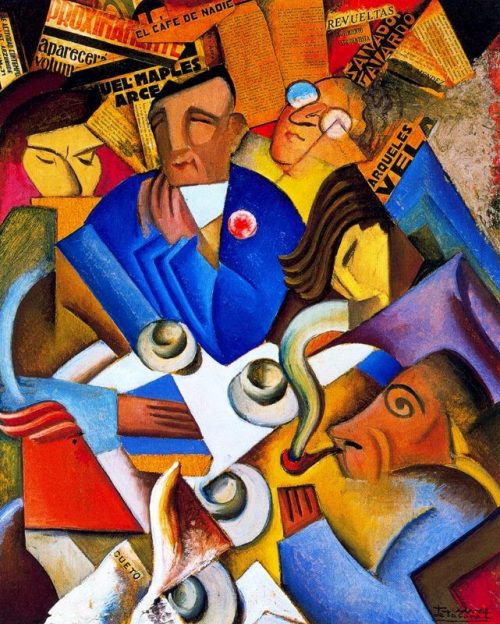
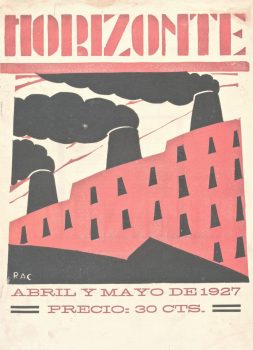






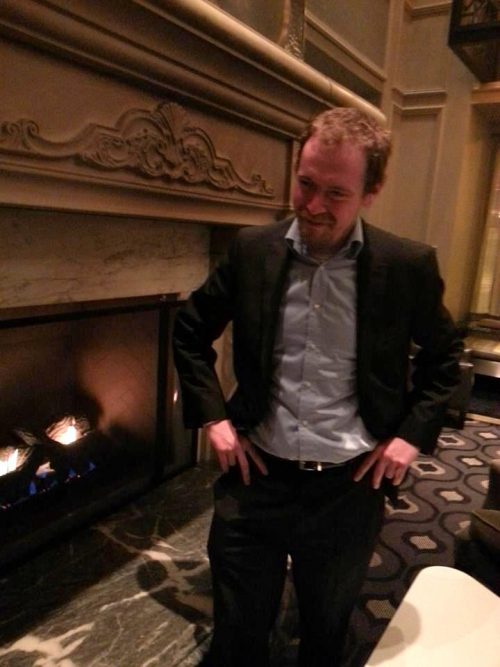



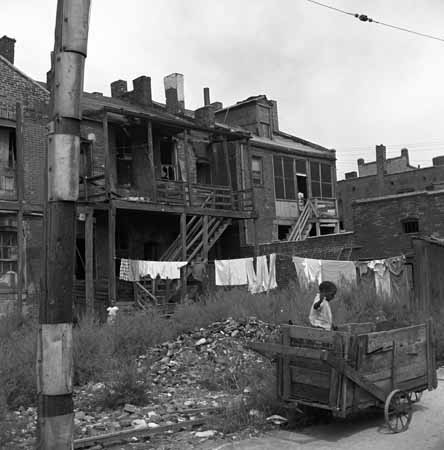








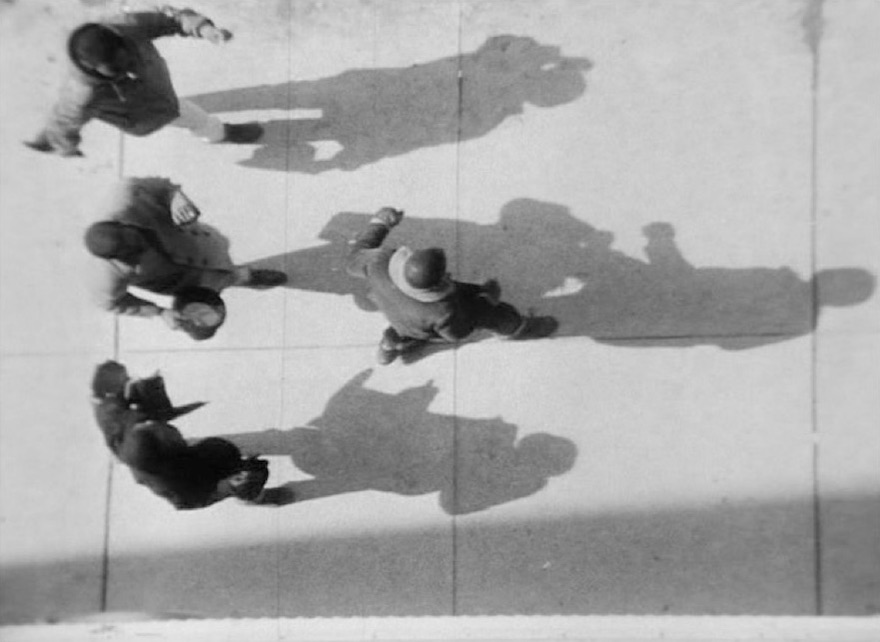

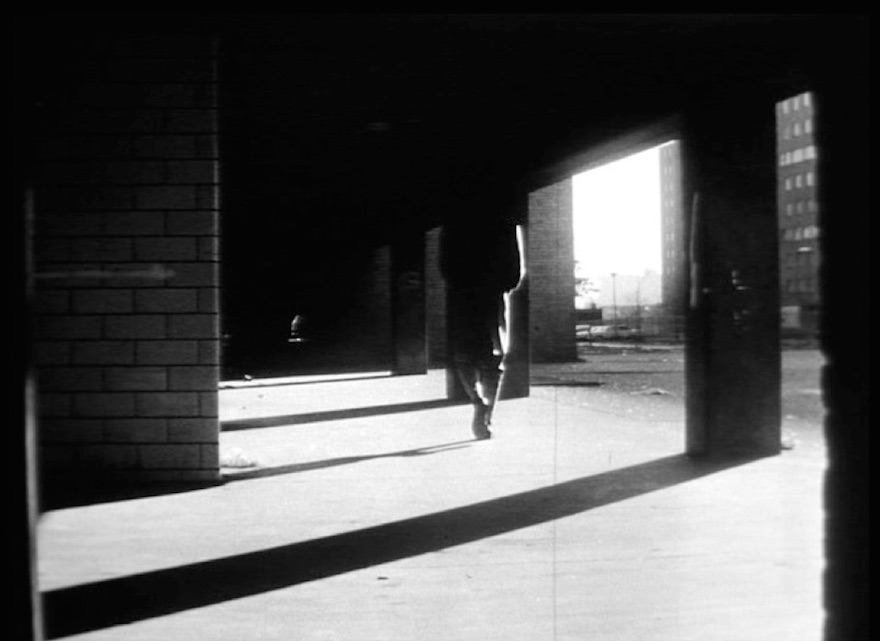
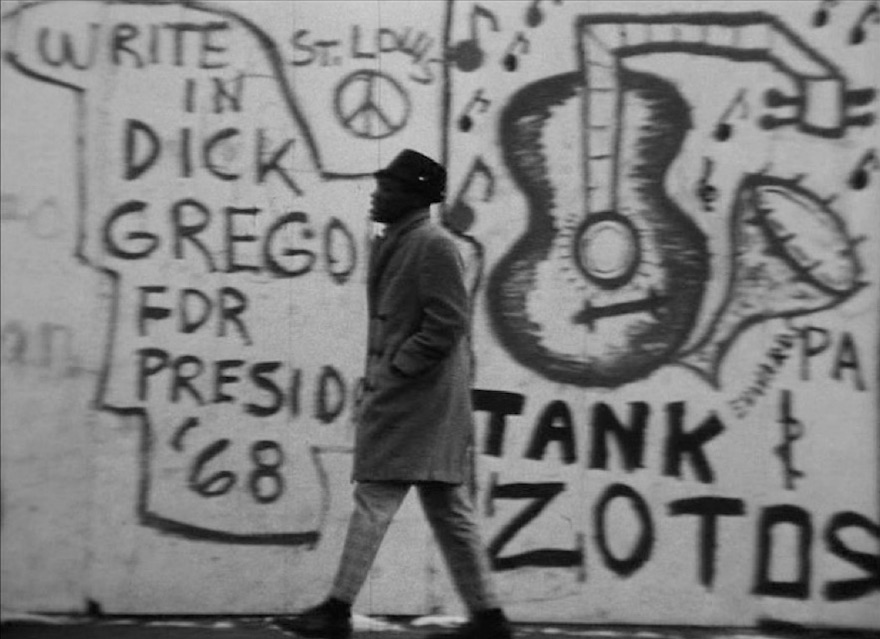



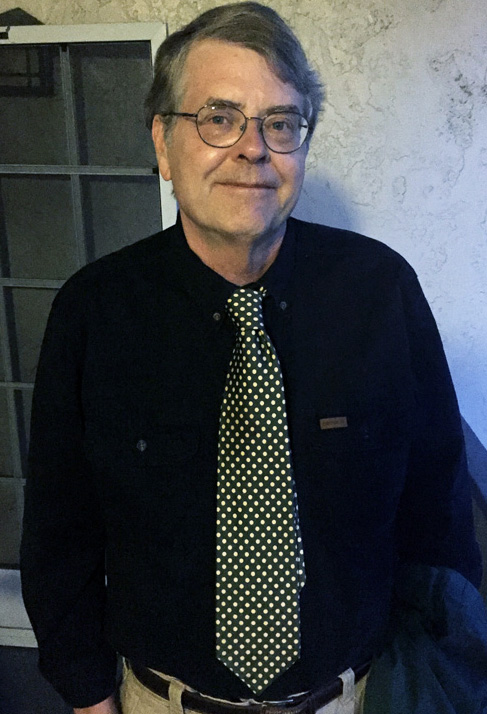



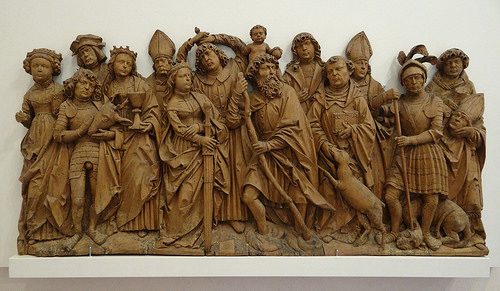
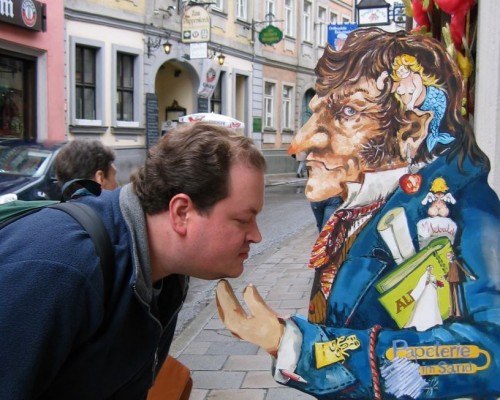
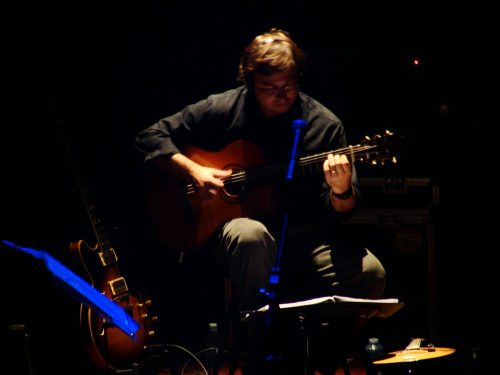



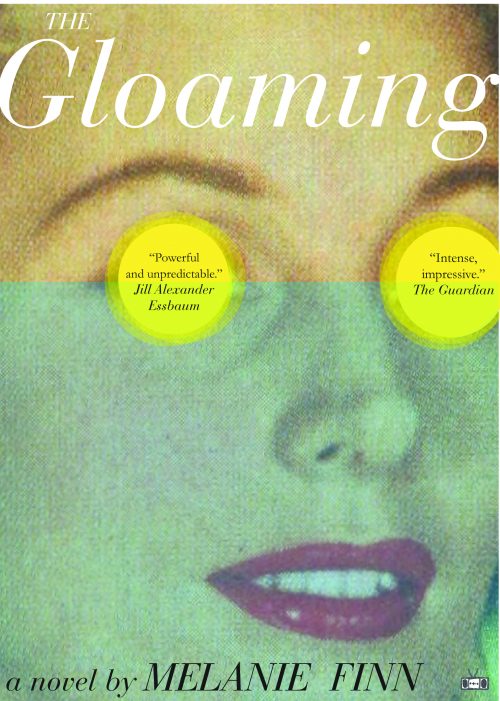
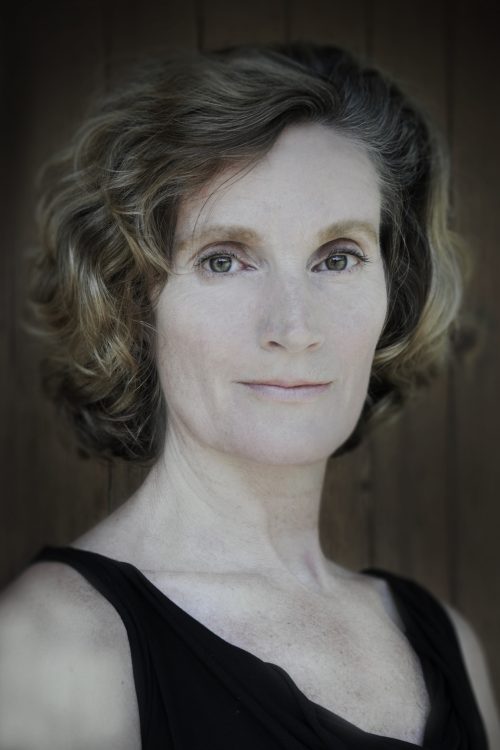

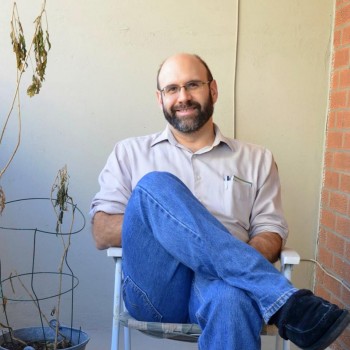



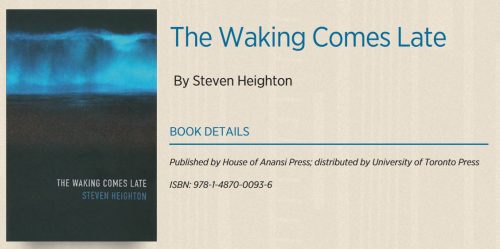



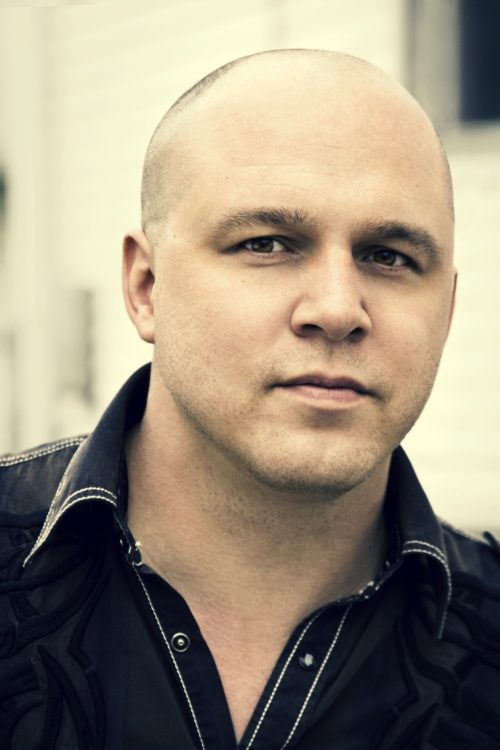
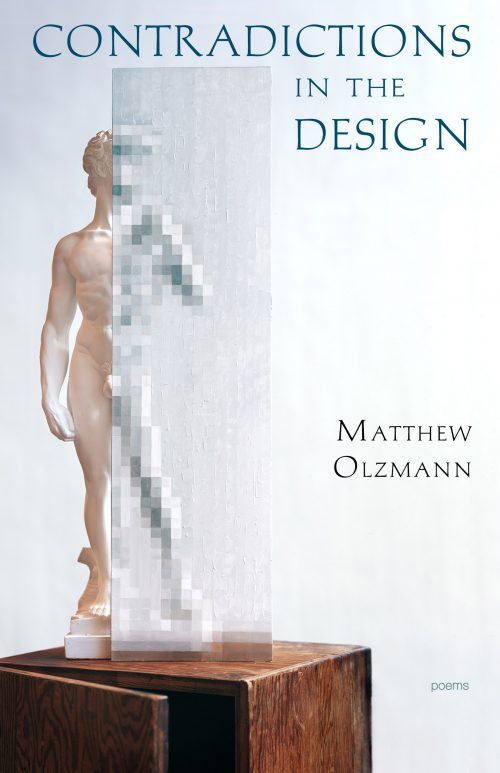
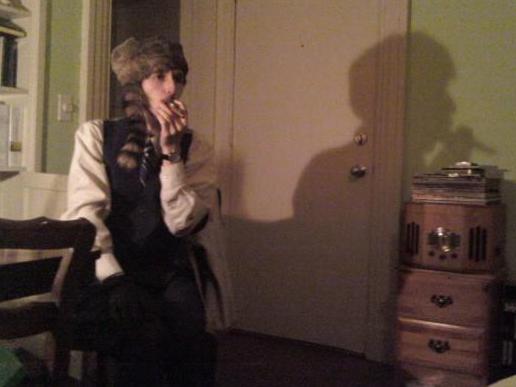
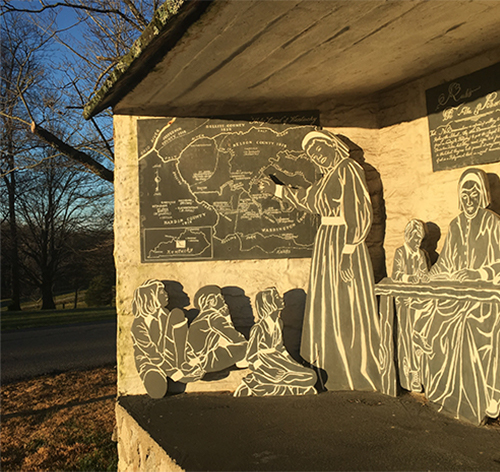

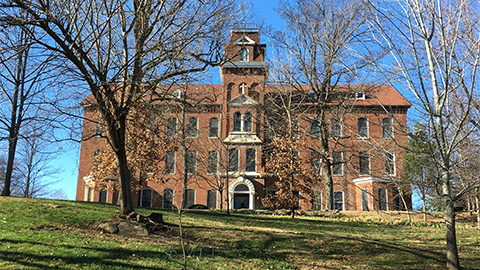

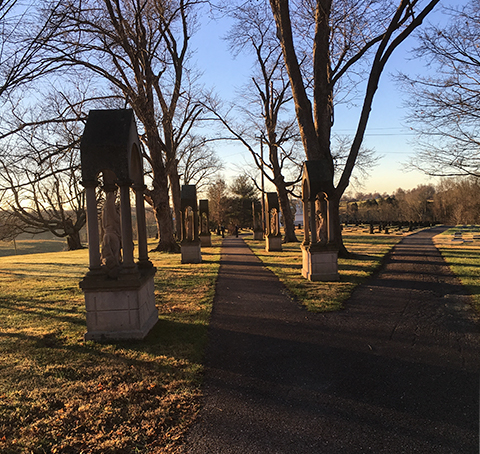

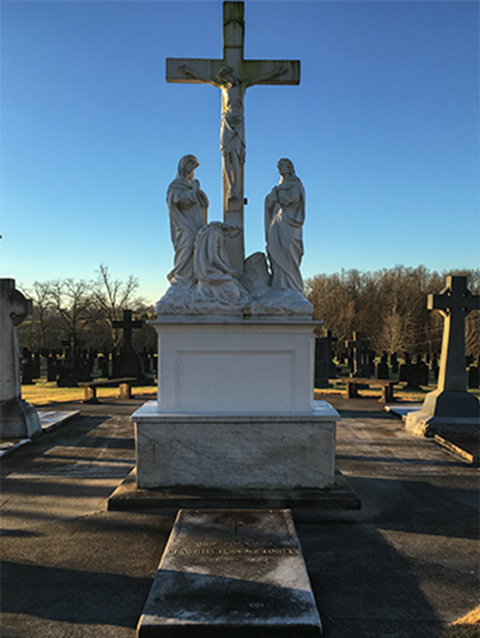

 Five Ravens
Five Ravens
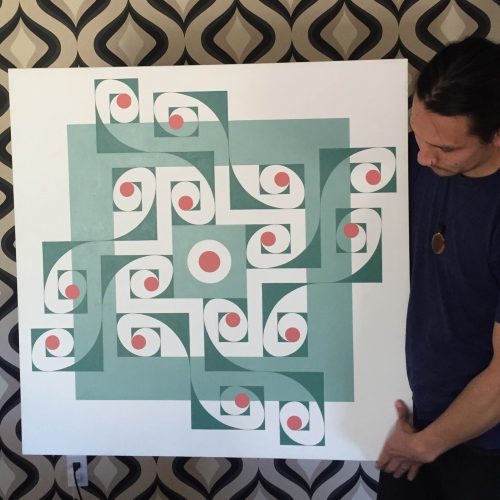


 Brave New Whorl
Brave New Whorl Nautilus
Nautilus Spectre
Spectre Tipping Point
Tipping Point Transcendence
Transcendence Butterfly
Butterfly